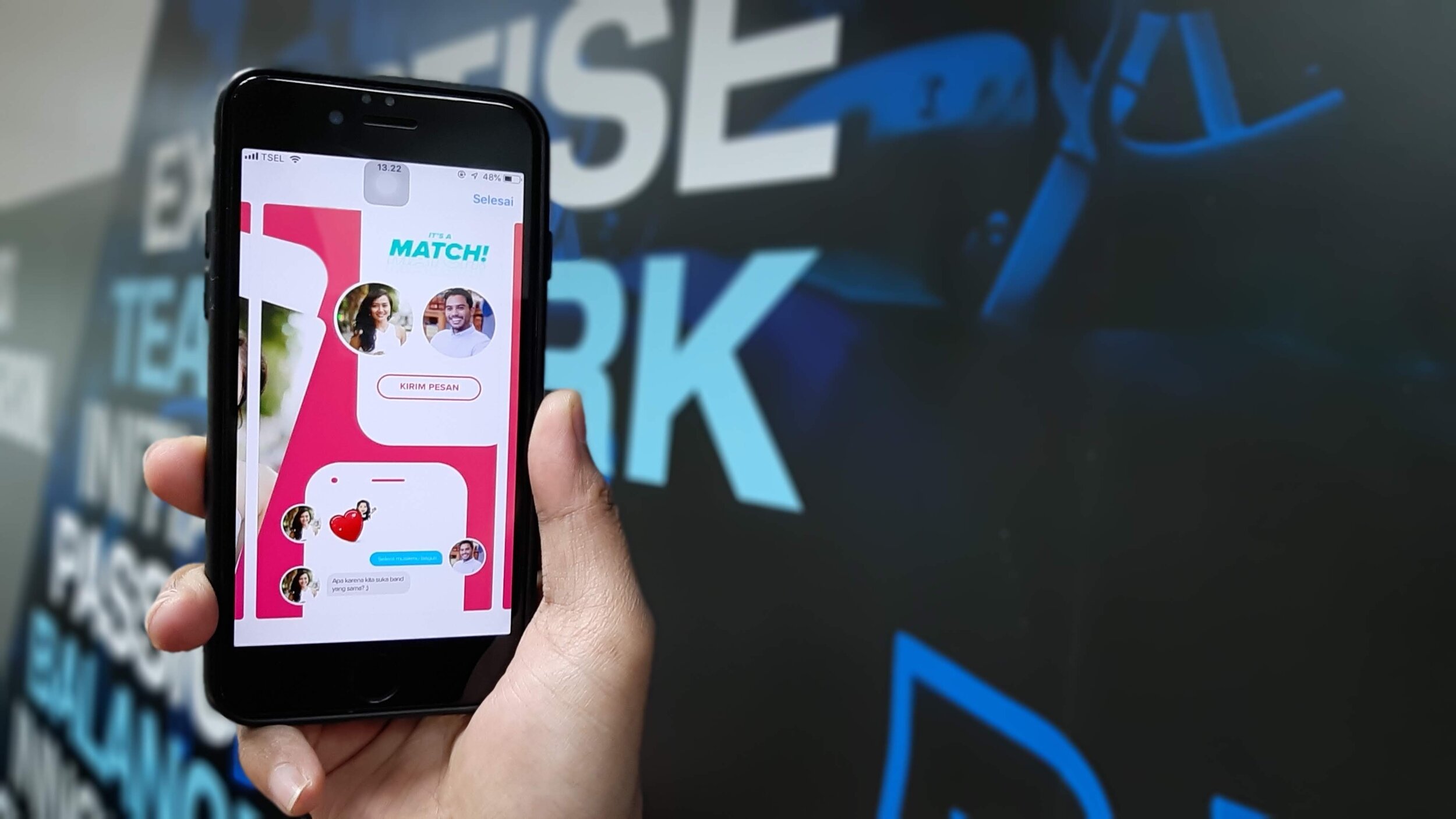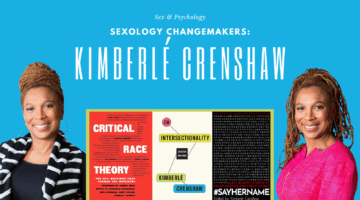Why Tinder is Frustrating for Everyone
May 27, 2019 by Justin Lehmiller
The internet is rife with articles describing people’s frustration with online dating apps like Tinder. It’s interesting when you think about it because these apps were designed to make dating easier and more efficient than ever; however, they haven’t necessarily made the process more satisfying. One of the problems for those attracted to different genders is that men and women tend to take very different approaches to Tinder—approaches that often end up creating frustration on all sides.
To better understand male-female Tinder dynamics, a team of researchers created a series of fake male and female profiles that were placed in two of the largest cities in the world: London and New York [1]. These profiles were designed to reflect the characteristics of the average users in those cities and they included one facial picture each. These profiles then automatically “liked” the profiles of everyone within 100 miles.
So what happened?
The fake male profiles received surprisingly few matches—in fact, they only matched with 0.6% of the people they liked. On the other hand, the fake female profiles matched with 10.5% of the people they liked.
Real men who matched with one of these fake profiles only followed-up with a message 7% of the time and, when they did, they sent short messages of about 12 characters on average. By contrast, real women who matched with a fake profile followed-up 21% of the time, and they sent longer messages of 122 characters on average.
What this pattern suggests is that it’s much easier for a woman to get a match on Tinder than it is for a man. As a result, women can afford to be fairly selective in their swipes, while men can’t. If the results of this study are any indication, the average female Tinder user is likely to match with about 1 in 10 people she swipes right on, whereas the average male user is likely to match less than 1 in 100 times.
This leads to a situation that encourages women to be more thoughtful and selective up front and to therefore be more invested in the outcome of a given match. On the other hand, men are encouraged to be less selective initially in the hope of getting some matches, only to then become selective once matches occur.
For Tinder users looking for partners of a different gender, this dynamic likely explains part of why so many people find the whole experience to be one of great frustration.
Want to learn more about Sex and Psychology? Click here for more from the blog or here to listen to the podcast. Follow Sex and Psychology on Facebook, Twitter (@JustinLehmiller), or Reddit to receive updates. You can also follow Dr. Lehmiller on YouTube and Instagram.
[1] Tyson, G., Perta, V. C., Haddadi, H., & Seto, M. C. (2016, August). A first look at user activity on tinder. In Proceedings of the 2016 IEEE/ACM International Conference on Advances in Social Networks Analysis and Mining (pp. 461-466). IEEE Press.
Image Source: Photo by Yogas Design on Unsplash
You Might Also Like:

Dr. Justin Lehmiller
Founder & Owner of Sex and PsychologyDr. Justin Lehmiller is a social psychologist and Research Fellow at The Kinsey Institute. He runs the Sex and Psychology blog and podcast and is author of the popular book Tell Me What You Want. Dr. Lehmiller is an award-winning educator, and a prolific researcher who has published more than 50 academic works.
Read full bio >


